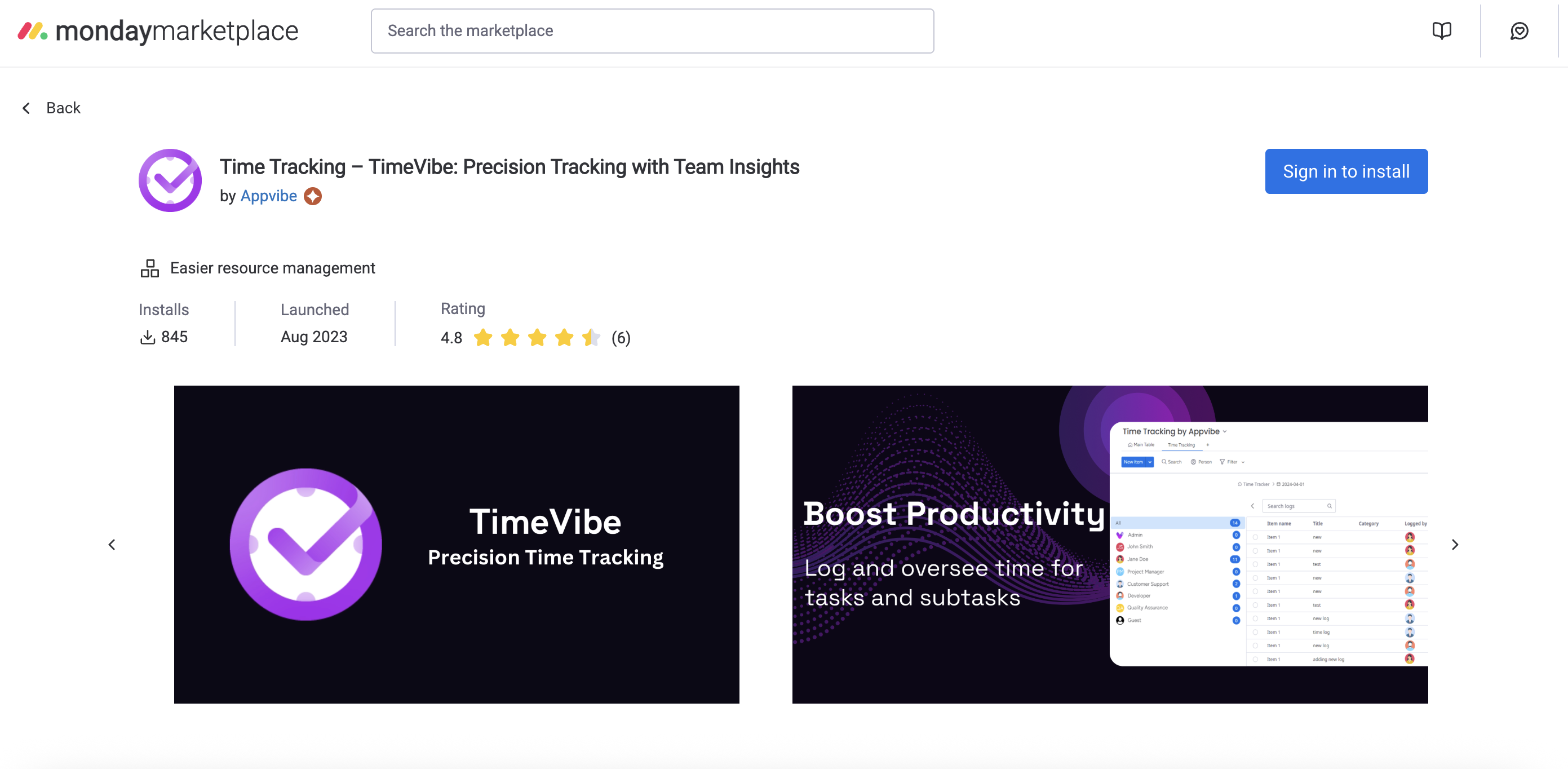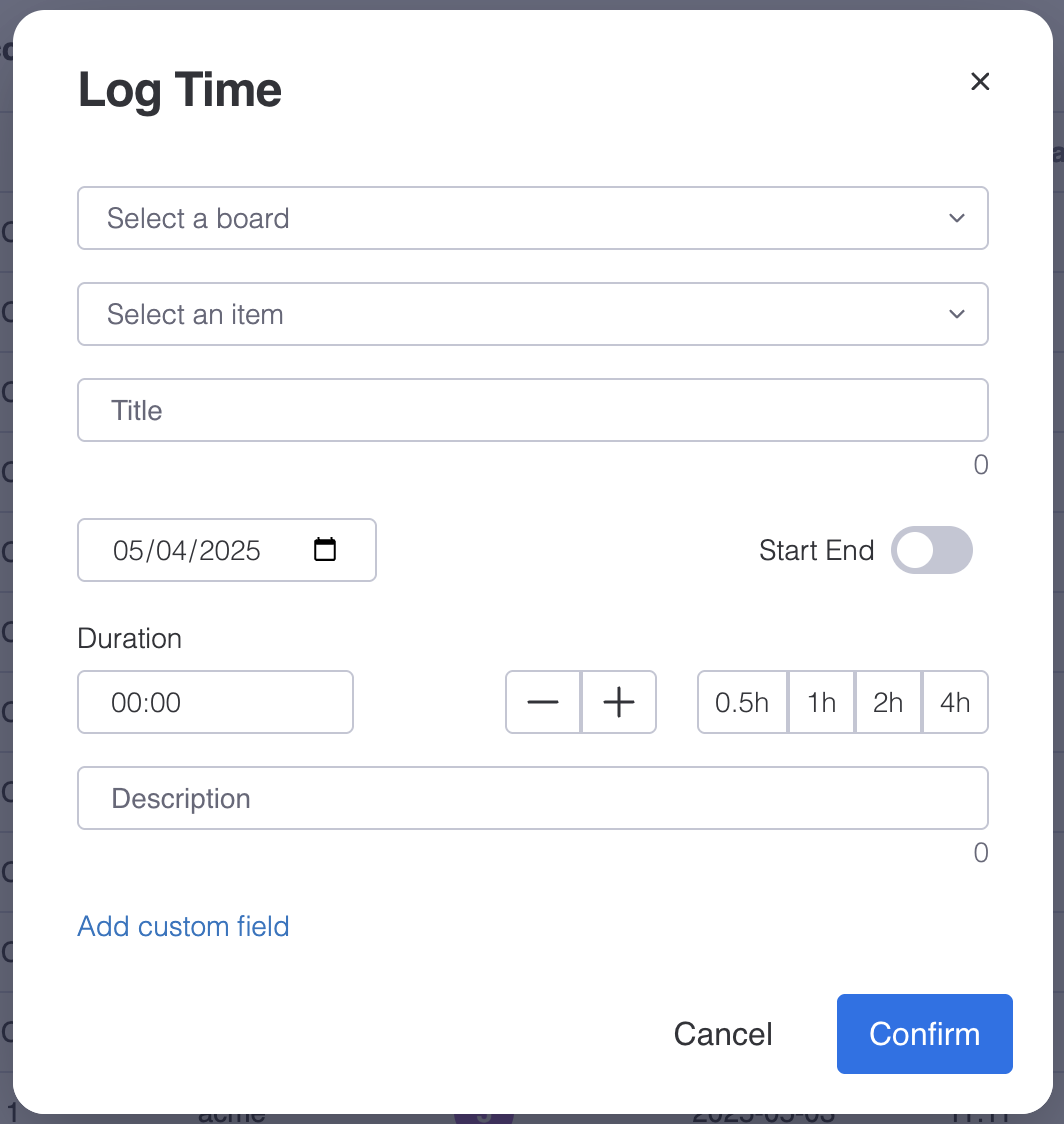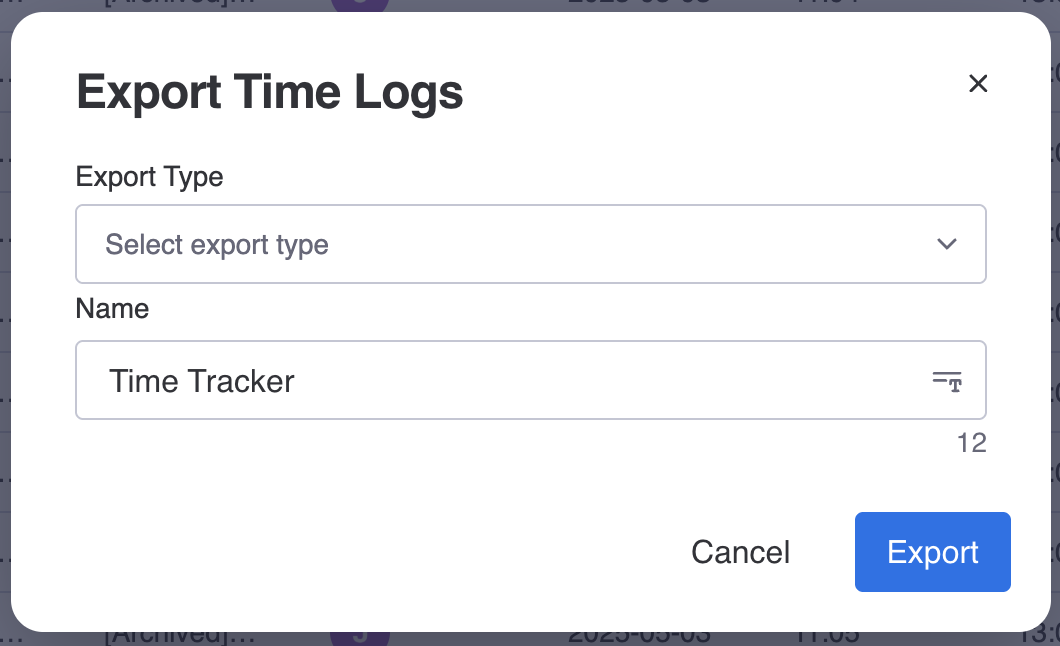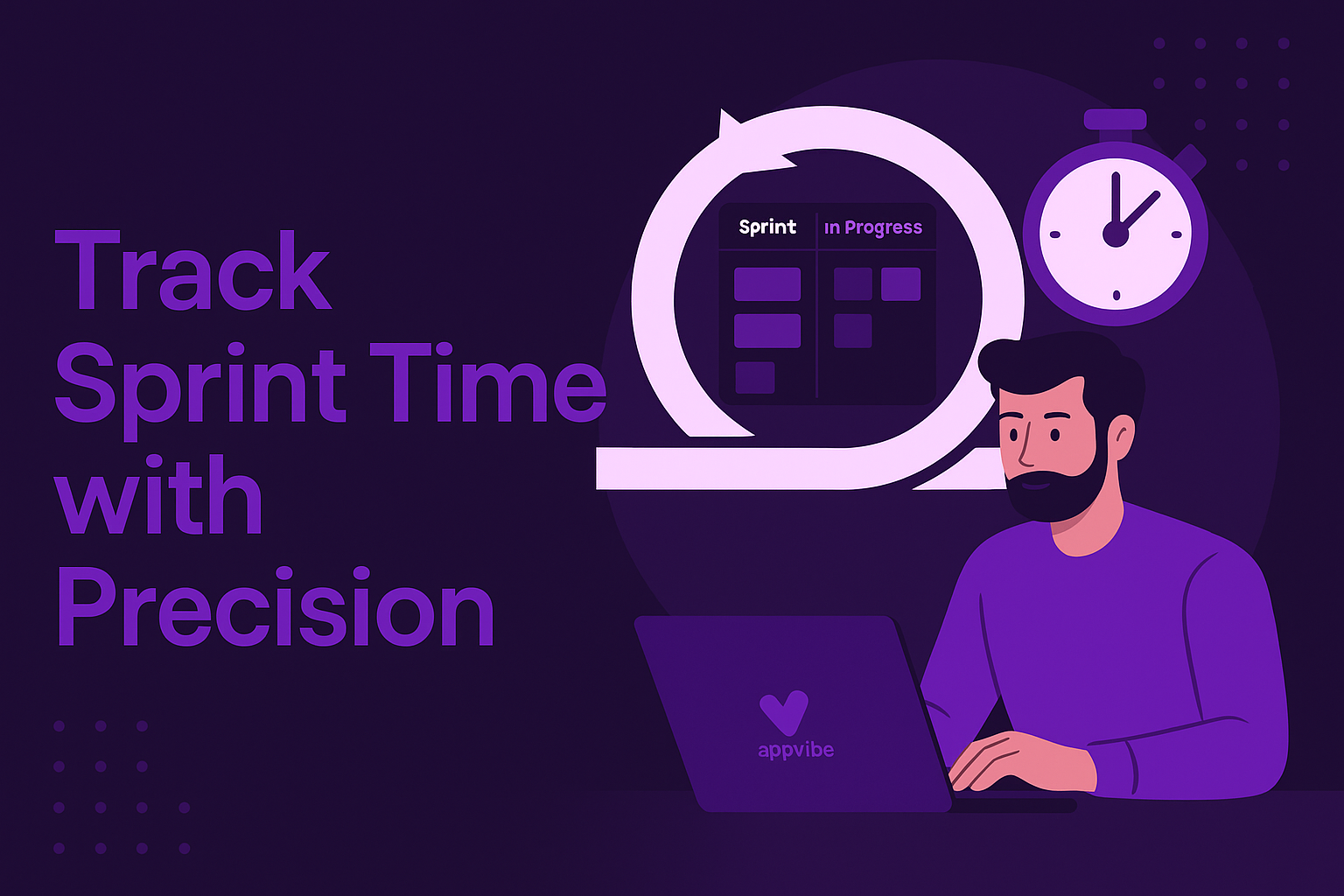For engineering teams, understanding how time is spent each sprint is key to improving delivery, forecasting, and team performance. This guide shows you how to monitor engineering time per sprint in Monday.com, using both native features and the advanced capabilities of TimeVibe.

Why Monitor Engineering Time Per Sprint?
- Improve sprint planning and estimation
- Identify bottlenecks and blockers
- Support data-driven sprint reviews
- Increase transparency for engineering leads and stakeholders
How to Monitor Engineering Time Per Sprint in Monday.com (Native Method)
- Add the Time Tracking Column to your sprint board
- Log time for engineering tasks (development, QA, code review, etc.)
- Review time spent per item at the end of each sprint
Limitations:
- No breakdown by engineering role or task type
- No custom fields for sprint number, epic, or team member
- Limited reporting for sprint retrospectives
Monitor Engineering Time with TimeVibe
- Install TimeVibe from the Monday.com marketplace
- Log time with one click for any engineering task
- Add custom fields for:
- Sprint number
- Engineering role (Dev, QA, Lead, etc.)
- Epic/Feature
- Task type (Dev, Review, QA, Meeting)
- Team member
- Switch between tasks easily and add notes for context (e.g., blocked, in review)

Example: Sprint Engineering Board
| Task | Role | Sprint | Type | Time Spent |
|---|---|---|---|---|
| Implement API | Dev | 34 | Dev | 5h 00m |
| QA regression | QA | 34 | QA | 2h 30m |
| Code review | Lead | 34 | Review | 1h 15m |
Reporting for Sprint Reviews
- Filter time by sprint, role, or task type
- Export reports for sprint retrospectives
- Analyze time spent on development vs. QA vs. review

Best Practices for Sprints & Time Tracking
- Log time as you work for accuracy: Encourage engineers to track time in real time, not at the end of the sprint, to ensure data is reliable.
- Use custom fields for sprint and role: This enables granular analysis—see how much time is spent by developers, QA, or leads, and on which sprint or epic.
- Review time data in every sprint review: Make time tracking a regular part of your sprint retrospective. Discuss where time was spent, what took longer than expected, and how to improve estimates.
- Set clear sprint goals and definitions of done: When everyone knows what success looks like, it’s easier to track progress and time against those goals.
- Identify and address bottlenecks: Use time data to spot tasks or roles that consistently take longer, and adjust your process or resources accordingly.
- Promote transparency and accountability: Sharing time tracking data with the team fosters a culture of openness and continuous improvement.
The Value:
- Accurate time tracking helps teams forecast future sprints, improve velocity, and deliver more predictably.
- It provides objective data for process improvement, resource allocation, and stakeholder reporting.
- Ultimately, it empowers engineering teams to work smarter, not just harder, sprint after sprint.
Try TimeVibe Today
Ready to monitor your engineering time sprint by sprint? Try TimeVibe for Free and make sprint tracking effortless.


